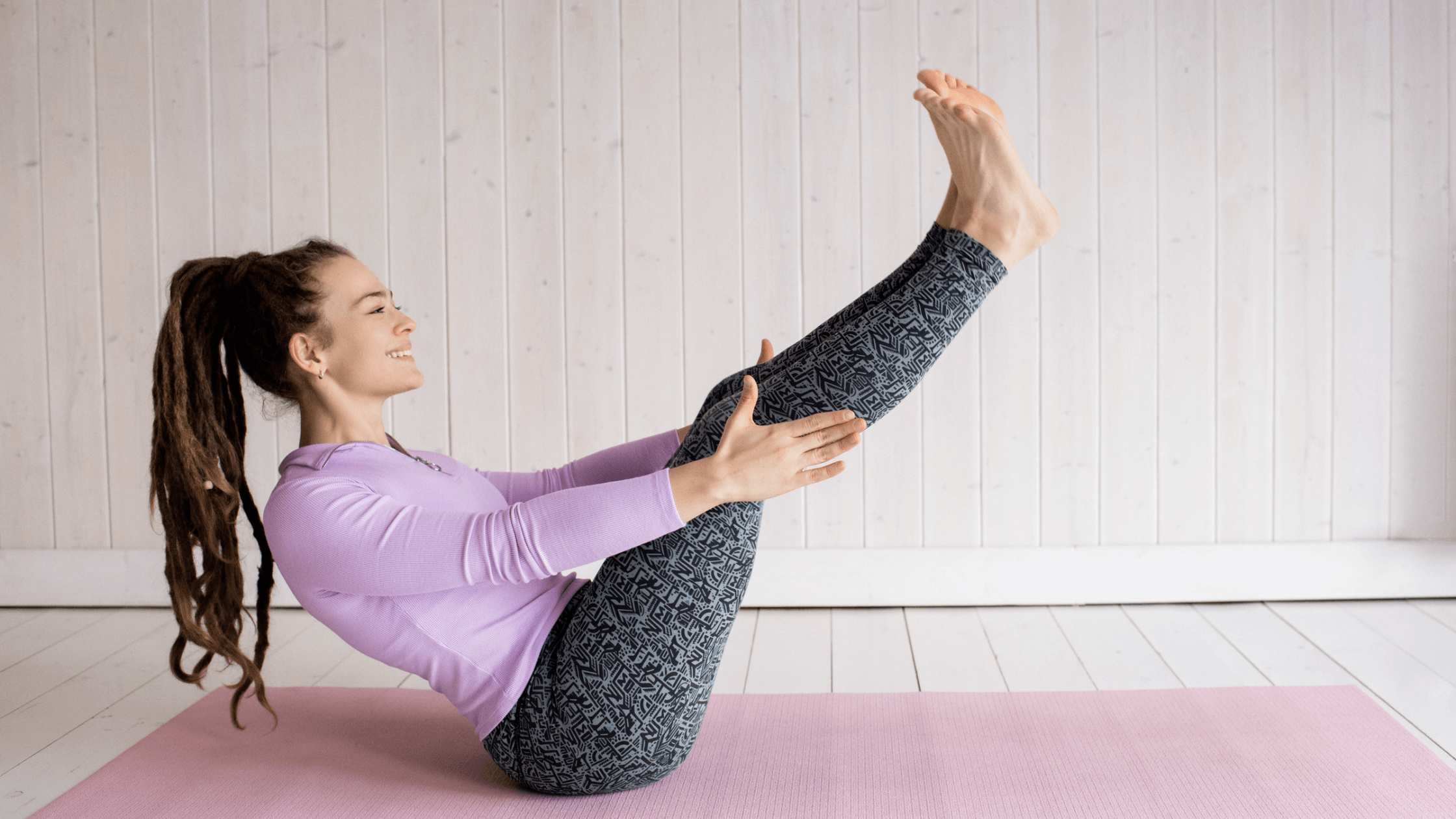In today’s fast-paced world, finding balance between physical and mental well-being can be challenging. Pilates and yoga, two distinct yet complementary practices, offer a holistic approach to health that addresses both body and mind. While Pilates focuses on core strength, stability, and precision, yoga emphasizes flexibility, mindfulness, and inner peace. Together, they create a powerful synergy that enhances overall wellness.
This article explores how integrating Pilates and yoga can transform your fitness routine, improve physical health, and support emotional resilience.
Understanding Pilates and Yoga
Though often grouped together, Pilates and yoga have unique origins and benefits.
Pilates: Precision and Strength
Developed by Joseph Pilates in the early 20th century, Pilates emphasizes controlled movements and core strength. Its exercises are designed to improve posture, balance, and muscle endurance, making it a favorite among athletes, dancers, and individuals recovering from injuries.
Yoga: Harmony and Flexibility
Yoga, an ancient practice from India, combines physical postures (asanas), breathing techniques (pranayama), and meditation to achieve a harmonious connection between body and mind. It promotes relaxation, increases flexibility, and fosters mental clarity.
The Physical Benefits of Combining Pilates and Yoga
Merging Pilates and yoga into your routine offers a well-rounded approach to physical fitness, targeting strength, flexibility, and mobility.
Enhanced Core Strength
Pilates focuses on building a strong core, which supports spinal alignment and improves overall stability. A strong core also enhances yoga practice, allowing for better posture in poses like Warrior II and Downward Dog.
Improved Flexibility
Yoga’s emphasis on stretching and lengthening muscles complements the strength-building focus of Pilates. Together, they create a balance of flexibility and power that reduces the risk of injury and enhances athletic performance.
Better Posture and Alignment
Pilates refines your posture through precise movements, while yoga encourages awareness of alignment in various poses. This combination helps correct postural imbalances and alleviates back pain or discomfort from prolonged sitting.
Mental Wellness Through Movement
The integration of Pilates and yoga goes beyond physical benefits, profoundly impacting mental and emotional health.
Stress Reduction
Yoga’s mindfulness techniques, such as controlled breathing and meditation, calm the nervous system and reduce cortisol levels. Pilates’ focus on concentration and precision helps create a meditative flow, further promoting relaxation.
Enhanced Mindfulness
Both practices encourage present-moment awareness. In yoga, mindfulness is cultivated through intentional breathing and movement, while Pilates requires focus on executing precise exercises. Together, they improve mental clarity and resilience.
Emotional Balance
Regular practice fosters a sense of inner peace and emotional stability. This balance is especially beneficial during stressful times, helping individuals feel centered and grounded.
Integrating Pilates and Yoga into Your Routine
Combining these two practices doesn’t mean choosing one over the other. Instead, they can complement each other beautifully.
Alternating Days
Consider alternating Pilates and yoga sessions throughout the week. This approach allows your body to reap the benefits of strength training and flexibility enhancement without overexertion.
Hybrid Classes
Some studios offer classes that blend Pilates and yoga, combining the precision of Pilates with the mindfulness of yoga into a seamless experience.
Tailoring to Your Needs
For beginners, starting with foundational poses in yoga and basic movements in Pilates helps build confidence. Advanced practitioners can explore more challenging sequences to deepen their practice.
How Pilates and Yoga Support Rehabilitation
Pilates and yoga are not just for fitness enthusiasts—they also play a significant role in recovery and rehabilitation.
Injury Recovery
Pilates strengthens weak areas while maintaining proper alignment, making it ideal for individuals recovering from injuries. Yoga enhances mobility and reduces stiffness, supporting the healing process.
Managing Chronic Pain
For those with chronic conditions like arthritis or lower back pain, both practices provide gentle, low-impact exercises that improve function and reduce discomfort.
Building Resilience
By improving strength, flexibility, and body awareness, Pilates and yoga help prevent future injuries and promote long-term health.
North Shore Sports Medicine incorporates Pilates and yoga into its rehabilitation programs, offering personalized guidance tailored to individual recovery goals.
The Role of Breathing in Pilates and Yoga
Breathing is a cornerstone of both practices, though the techniques differ slightly.
Pilates Breathing
Pilates emphasizes lateral breathing, where the ribcage expands outward as you inhale, keeping the core engaged. This technique enhances endurance and supports controlled movements.
Yoga Breathing
Yoga introduces various breathing techniques, such as Ujjayi breath, alternate nostril breathing, and diaphragmatic breathing. These methods calm the mind and increase oxygen flow, enhancing physical and mental well-being.
Together, these breathing techniques improve focus, relaxation, and overall energy levels.
Overcoming Myths About Pilates and Yoga
Despite their growing popularity, misconceptions about Pilates and yoga still exist. Let’s clear up some common myths:
- “You need to be flexible to do yoga.” Flexibility is a benefit, not a prerequisite. Yoga is for everyone, regardless of their starting point.
- “Pilates is only for dancers.” While dancers often use Pilates, its focus on core strength and alignment makes it suitable for individuals of all fitness levels.
- “Yoga and Pilates are too similar to do both.” Each practice offers unique benefits, and combining them provides a more comprehensive approach to wellness.
Practical Tips for Success
To make the most of Pilates and yoga, consider these tips:
- Set Clear Goals: Identify whether you want to improve flexibility, build strength, or reduce stress. Tailor your practice accordingly.
- Create a Consistent Schedule: Regular practice, even in short sessions, yields the best results.
- Listen to Your Body: Avoid overexertion by respecting your body’s limits and focusing on gradual progress.
Supporting a Holistic Lifestyle
Pilates and yoga are not just physical practices—they are part of a holistic approach to health.
- Combine with Massage Therapy: Massage alleviates muscle tension, enhancing the benefits of Pilates and yoga.
- Pair with Proper Nutrition: A balanced diet fuels your practice and aids recovery.
- Explore Complementary Therapies: Physiotherapy or acupuncture can further support your well-being.
North Shore Sports Medicine offers an integrative approach, combining Pilates and yoga with other therapies for comprehensive care.
Conclusion
Pilates and yoga are more than fitness routines—they are transformative practices that nurture both the body and mind. By combining strength, flexibility, and mindfulness, these disciplines create a balanced foundation for physical and mental wellness.
Whether you’re looking to enhance your fitness, manage stress, or recover from an injury, integrating Pilates and yoga into your routine can lead to profound benefits. With expert guidance from North Shore Sports Medicine, you can embark on a journey of holistic health that empowers you to thrive.
Read More From Techbullion



































